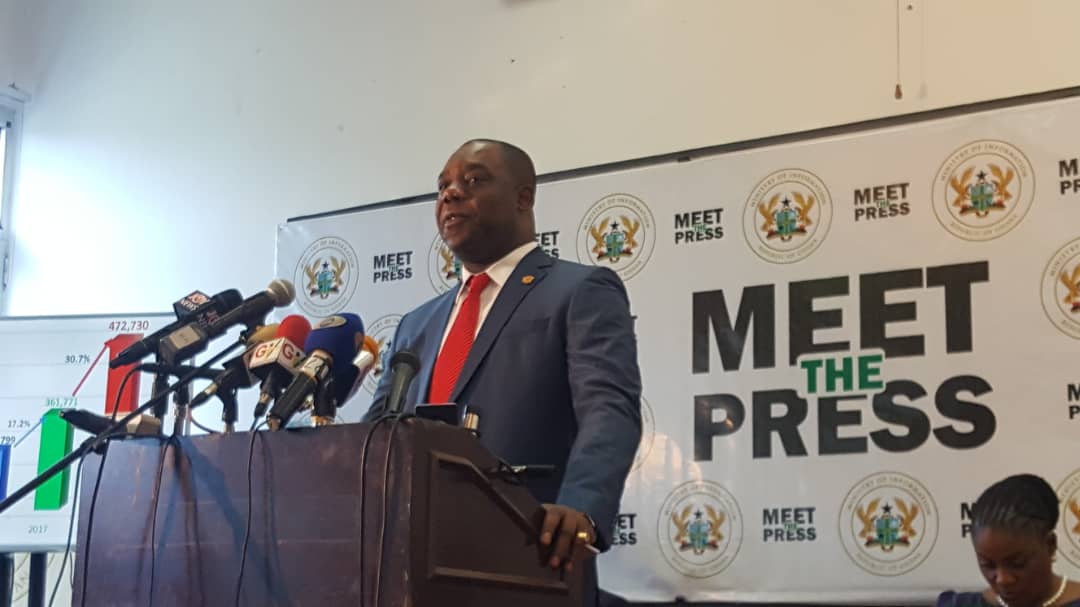NAPO – Partnering with private schools for Free SHS requires money
- Posted on
- Comment
The Education Minister, Dr. Matthew Opoku-Prempeh has explained that collaborating with private schools to overcome the infrastructure needs at the secondary education level will require more time and money.
The government has so far absorbed 15 private secondary schools to help meet the growing secondary education intake.
The Conference of Heads of Private Second Cycle Schools (CHOPSS) has consistently urged more collaboration from the government on the matter.
But the Minister stressed that every private school would have to be assessed before they can cater for public students.
The Ghana Education Service has a committee that asses the infrastructure level of the private schools and their human resources.
“The schools that come, they come with different levels of infrastructure needs. That is why the Ghana Education Service has a committee that goes to assess those schools that goes to assess those schools that even come and knock on their doors to be absorbed.”
Dr. Opoku-Prempeh added that money and time are required to assess the schools before they can be presented as options for students.
“Government should have a capital outlay in making sure that the teachers there are qualified. The government cannot send public students to places where the teachers are unqualified. It means that the government should have the budget to absorb those teachers or to make sure they can post teachers to those places.”
Beyond that, some schools may not be ready in time to be much help because “when the students were choosing the schools, that school was not part of the choices for the students.”
The government is set to begin the double track system in 400 secondary schools to enable it to accommodate the expected 472,000 students.
Without the new system, the schools would have places for only around 290,000 students without causing overcrowding, Dr. Opoku-Prempeh said.
Ahead of the academic year, the government created and absorbed only 13,200 new slots for students.
“This is made up of a combination of private schools that we have absorbed, new E-Blocks that we have completed and ongoing GET Fund projects that have added more seats to the various schools,” Dr. Opoku-Prempeh explained.
This leaves a gap of 181,000 places for prospective students.
Source: CNR











 (Selorm) |
(Selorm) |  (Nana Kwesi)
(Nana Kwesi)